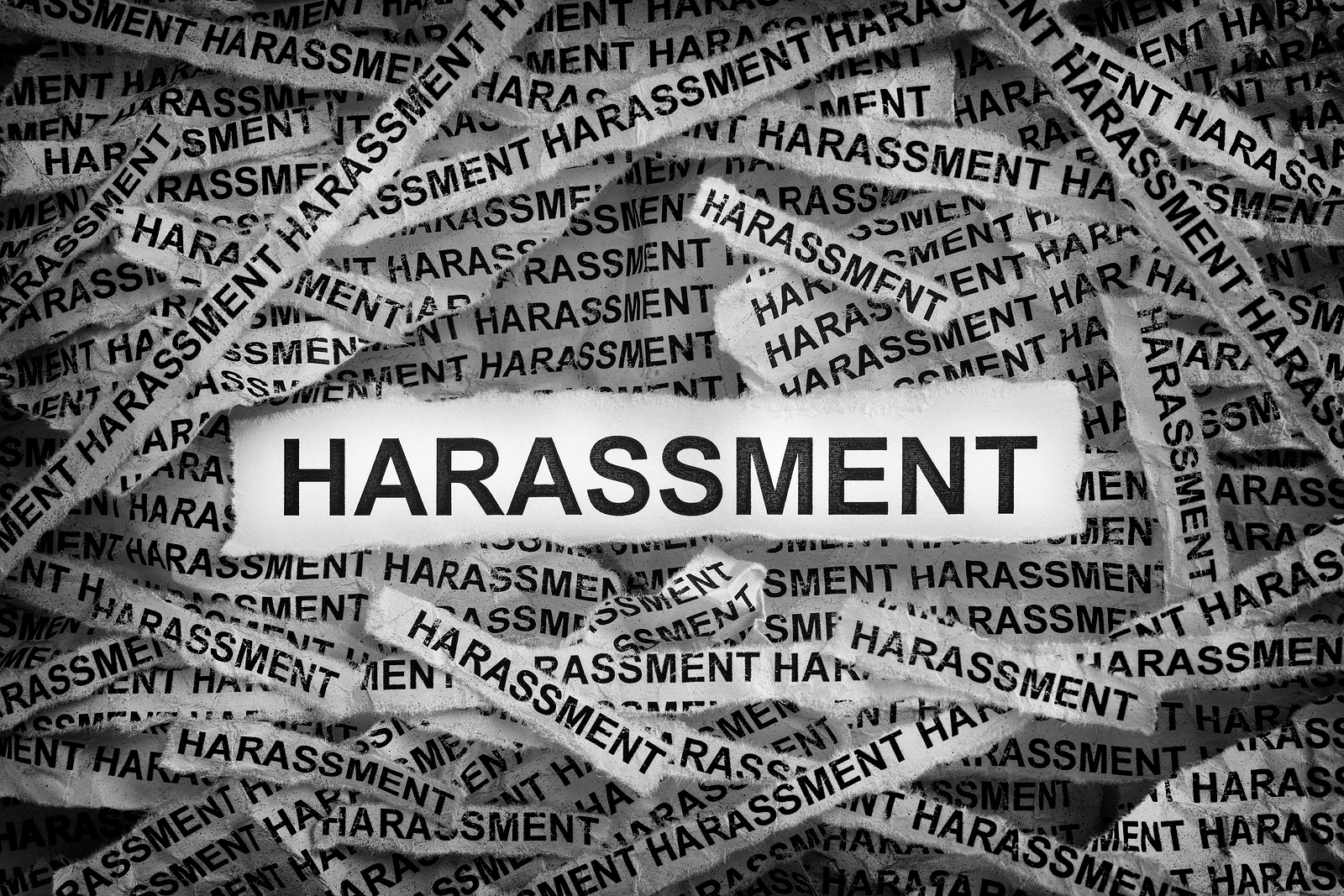Cities need to take measures to prevent all types of unlawful harassment, including harassment based on an employee’s disability, age, religion, national origin, race or color, sex, genetic information, sexual orientation and gender identity. The Iowa Civil Rights Act is enforced by Iowa Civil Rights Commission; federal laws including Title VII of the Civil Rights Act of 1964, the Age Discrimination in Employment Act and Title II of the Genetic Information Nondiscrimination Act of 2008 are enforced by the U.S. Equal Opportunity Commission.
Have a Policy in Place
Prevention is the best tool to eliminate harassment in the workplace. The first step is to have a policy in place that is regularly communicated to all employees. It is important to have this policy created and periodically reviewed by an attorney skilled in personnel matters. Policies should also be written in a way that is easily understood by your workforce.
Additional attention should be placed on communicating the complaint procedure process to all supervisors within the organization and to also outline to supervisors their responsibility should they receive a complaint. Any plan to communicate the city’s harassment policy to employees should also include coverage for seasonal or part-time positions.
The Supreme Court has repeatedly noted its concerns with employers not educating employees about their harassment policies. In addition, the Court has held that employers have even less of an excuse not to train supervisors than the average employee since employers have greater opportunity and incentive to screen them, train them and monitor their performance. Through their decisions, the Supreme Court has sent a clear message: the failure to adequately train supervisors regarding all aspects of harassment can create liability for public employers and can deprive employers of its best—and in many cases, only—defense.
Types of Sexual Harassment
Sexual harassment is one of the more common types of harassment in the workplace and occurs in two major forms. The first form of harassment is quid pro quo, in which a person demands sexual favors in return for a benefit such as keeping a job, getting a raise or being promoted. The second form of sexual harassment is the creation of a hostile work environment. To establish a claim based on hostile work environment, an employee must prove that the conduct created an environment that a reasonable person would find hostile and one that the victim actually perceived as abusive. Relevant factors for determining the existence of a hostile work environment include the frequency of the conduct, its severity, whether it is physically threatening or humiliating and whether it unreasonably interferes with the employees’ work performance. For years courts have been faced with the difficult question of whether specific conduct rises to the level of a work environment that is severely or pervasively hostile and, unfortunately, they have been unable to craft a bright-line rule. Instead, the resulting case law makes it clear that the determination of hostile work environment continues to be made on a case-by-case basis.






